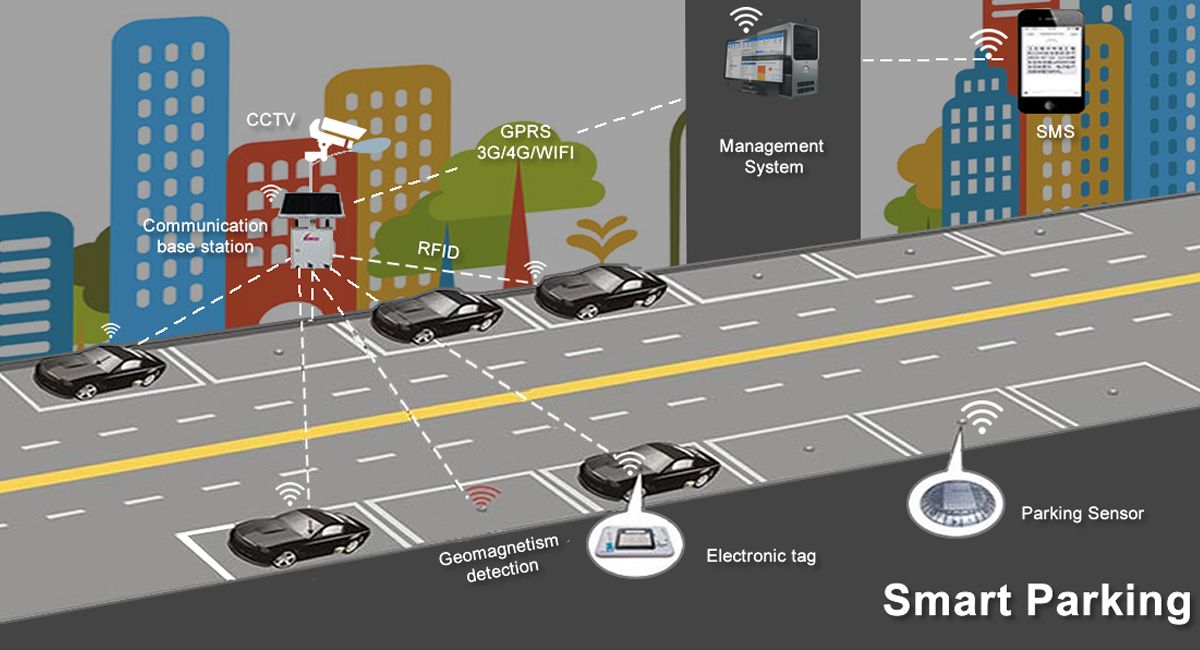Introducing Smart Parking and Its Advantages
Urban parking has consistently been a challenge, especially as more people live and work in city centers. The adoption of digital parking management solutions is relieving these bottlenecks. By integrating sensors, cloud software, and live feeds into facilities, drivers and property managers can immediately access the information they need to navigate and manage spaces. Innovations such as parking lot surveillance cameras boost operational insight and security. When cameras work together with guidance systems, parking lots can be monitored for safety while providing updated information on availability.
The broader effect is powerful: from everyday commuters to commercial property owners, individuals gain back valuable time and peace of mind. As detailed in recent coverage by the New York Times, a growing number of cities adopting these technologies are seeing less congestion and greater driver satisfaction. Solving the parking puzzle is becoming less about luck and more about smart technology working behind the scenes.
How Real-Time Guidance Improves Urban Flow
Real-time parking guidance is taking the guesswork out of finding an empty spot. Sensors and cameras constantly detect which spaces are open or filled, and systems share this data instantly through apps and dynamic signs. Drivers receive up-to-date directions, greatly reducing the amount of time spent circling busy blocks in search of elusive vacancies. The World Economic Forum points out that these improvements can save up to 21 minutes per trip for drivers in crowded areas, significantly improving efficiency.
The advantages extend well beyond individual drivers. As more vehicles are quickly routed to open spaces, congestion decreases across neighborhoods. This translates to less frustration for everyone sharing the roads—drivers, cyclists, bus riders, and pedestrians. Businesses near popular destinations benefit, too, as shoppers and diners can spend more of their day enjoying their visit instead of being stuck behind the wheel.
Environmental Impacts of Connected Parking
Smart parking is not just about convenience; it is a proven tool for sustainability. Circling for a spot inflates air pollution and carbon emissions, contributing to urban air quality issues. When connected parking guidance is in place, cars spend less time idling or driving in circles, immediately reducing their environmental footprint. Pilot projects around the globe have shown that streamlined parking leads to clear drops in local emissions.
These gains align perfectly with city initiatives to improve public health and advance climate action. Efficient parking management complements expanded transit, bike infrastructure, and pedestrian-friendly design. Smart parking is a natural part of the solution for cities aiming to create a greener future—showing how digital upgrades can make everyday life easier and healthier.
The Value of Analytics for Operators
Facility owners and operators can now access real-time analytics that offers deep insights into usage patterns, occupancy rates, and peak traffic periods. This shift from manual counting or rough estimates means data-driven decisions can be made confidently. Analytics tools support strategic choices like dynamic pricing, targeted maintenance, and optimized staff allocation. Over time, these improvements compound, improving service and increasing profitability.
Security also gains as smart systems allow quicker incident responses and better coverage of large properties. Combining surveillance with data analytics ensures that everything from theft to malfunctioning gates can be caught and resolved swiftly, minimizing risk for both operators and customers. Additionally, automated alerts and audit trails enhance accountability across operations. As systems evolve, predictive security features will further strengthen facility resilience.
Adopting Smart Parking as a Property Owner
Effective parking management starts with clearly understanding your site’s current performance.
- Evaluate parking usage and customer feedback for problem areas or underused zones.
- Research compatible hardware—sensors, cameras, and signs—to match your site’s needs.
- Partner with a reliable provider to guarantee secure data handling and smooth installation.
- Roll out simple, clear directions for visitors via signs and digital platforms.
- Start with pilot programs to test your solution before scaling up.
- Continuously review data and adjust operations for the best outcomes.
With a structured approach, you can improve efficiency, enhance user experience, and maximize return on investment.
Tackling Challenges in Upgrading Parking
Transitioning to smart parking can raise challenges, including upfront investment, integrating with older systems, and encouraging user acceptance. Careful planning, phased implementation, and ongoing education help operators overcome these barriers. Collaboration among city planners, technology providers, and community stakeholders is critical for ensuring solutions address real-world needs and deliver long-term value.
Emerging Trends in Urban Parking Solutions
Urban parking continues to evolve, with trends pointing toward tighter integration with mobility apps, predictive analytics, and even data-driven curb management. Artificial intelligence and machine learning will soon play larger roles, making recommendations based on live demand and anticipated trends. Cities piloting next-gen systems are seeing firsthand how a connected approach makes urban travel less stressful and cleaner and more efficient.






